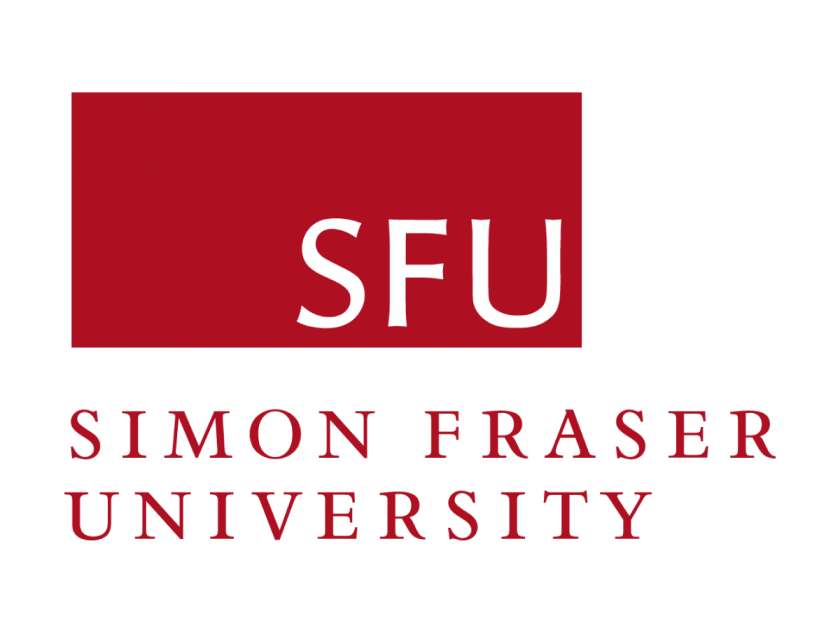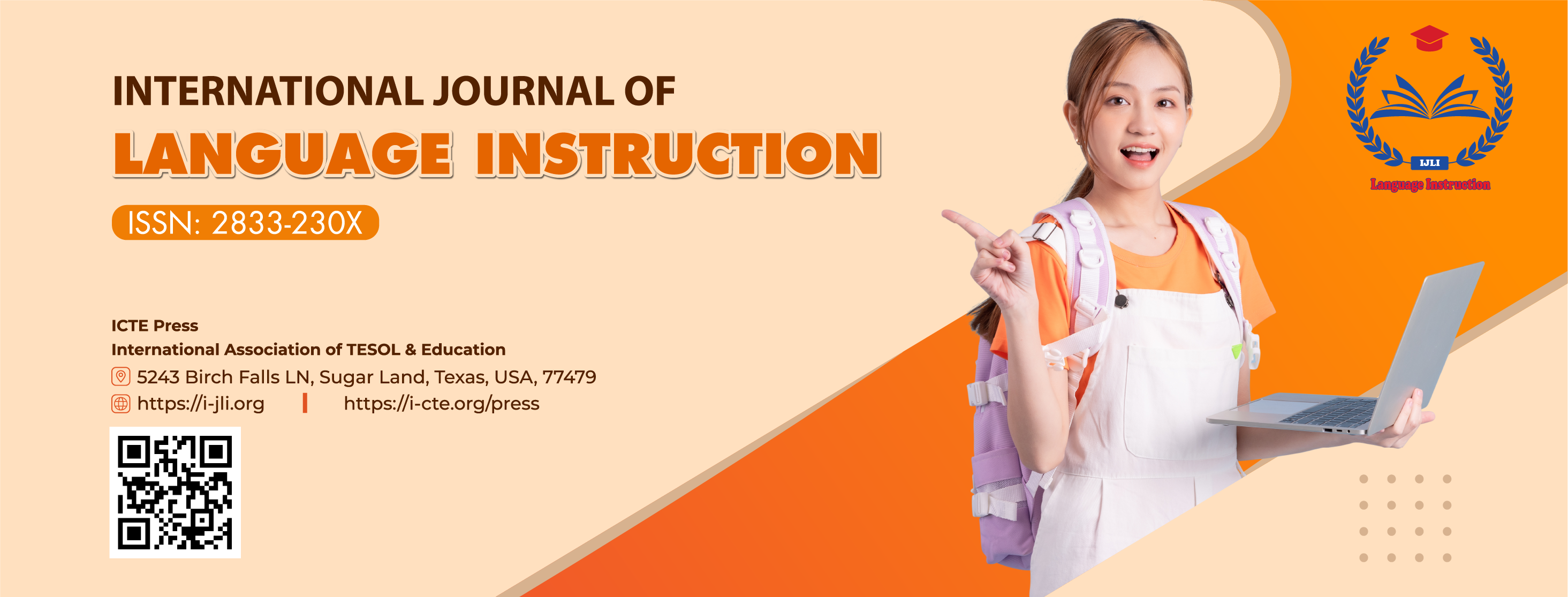Findings of Using Schema-Building Activities to Improve EFL Learners’ Listening Comprehension
DOI:
https://doi.org/10.54855/ijli.24341Keywords:
schema, schema-building activities, listening, listening comprehension, EFL learnersAbstract
EFL students at a university in Ho Chi Minh City faced some problems in learning listening skills. This study aimed to investigate factors influencing listening learning and whether schema-building activities impact students’ listening comprehension at a private university in Vietnam, which then gave some possible suggestions to improve EFL learners' listening teaching and learning. The study was experimental research, so the researcher employed pre-and post-tests, questionnaires, and class observations to collect the data to address two research questions. A total of 123 students participated in the research, and they were classified into the experimental group (60 students) and the control group (63 students). The findings revealed that schema-building activities had an impact on enhancing EFL students’ listening comprehension. The study's findings contributed some contributions to teaching and learning Second Language (L2) listening skills using schema-building activities. The findings serve as guidelines for teachers and students to teach and learn listening skills and for school managers with material development.References
Brown, H. D. (2000). Principles of language learning and teaching. New York: Longman.
Brown, S. (2006). Teaching listening. The United States: Cambridge University Press.
Carlo, G. & Edwards, C. P. (2005). Moral motivation through life span. The United States of America: University of Nebraska.
Carrell, P. L. (1983). Some issues in studying the role of schemata, or background knowledge, in second language comprehension. Reading in a Foreign Language (1), 81-92.
Carrell, P. L. (1988). Interactive text processing: Implications for ESL/Second language reading classroom. In Carrell P.L., Daniel, J. and Esley, D.E. (1988) (Eds), Interactive approaches to second language reading. New York: Cambridge University Press.
Celce-Murcia, M. and Olshtain, E. (2000). Discourse and context in language teaching: A guide for language teachers. Cambridge: Cambridge University Press.
Clemet, J. J. (2008) Creative model construction in scientists and students. The United States of America: Springer.
Do, T. M. C. (2007). Teaching listening comprehension at Food Industry College of Ho Chi Minh City. Master thesis, USSH – HCM City, Vietnam.
Fang, X. (2008). Listening comprehension in EFL teaching. US-China Foreign Language 6(1), 21-29.
Harden, R. N. & Dent, J. A. (2005). A Practical Guide for Medical Teachers (Third edition.) China: Churchill Livingstone.
Hoang, T. B. T. (2006). An investigation into EFL listening problems of intermediate learners at Ho Chi Minh City University of Education. Foreign language center: causes and solutions. Master thesis, USSH – HCM City, Vietnam.
Jensen, C. & Hasen, C. (1995). The effect of prior knowledge on EAP listening-test performance. Language Testing (12), 99-119.
Khanh, T. B. T. (2006). Teaching listening to pre-intermediate students at CEFALT with assistance of video. Master thesis, USSH - HCM City, Vietnam.
Long, D. R. (1987). Listening comprehension: Need and neglect. Hispania, (70), 921- 928.
McMahon, F. F, Lytle, D. E., and Smith, B. S. (2005). Play: An interdisciplinary synthesis. The United States of America: University Press of America, Inc.
Mendelsohn, D. J. (1998). Teaching listening. Annual review of applied linguistics (18), 81-101.
Nunan, D. (2007). Listening in language learning. Sino-US English teaching, 1(6), 32-33.
O’Malley, J. M. & Chamot, A. U. (1989). Listening comprehension strategies in second language teaching. Cambridge: Cambridge University Press.
Rumerhart, D.E. (1980). Schema: The basic building blocks of cognition. In Spiro R, Brice B & Brewer W (Eds): Theoretical issues in reading comprehension (pp.33-58). Hillsdale, NJ: Erlbaum.
Rost, M. (2002). Teaching and researching listening. England: Pearson Education Ltd.
Salameh, S. M. (2017). Activating students’ background knowledge and achievement in EFL listening comprehension. American Journal of Education and Learning, 2(2), 180-189. DOI https://doi.org/10.20448/804.2.2.180.189
Rajaei, Z. (2015). The role of pre-listening activities on EFL learners’ listening comprehension. International Journal of Foreign Language Teaching and Research, 3(10), 35-43.
Sullivan, R. L. & McIntosh, N. (1996). Delivering effective lectures. JHPIEGO Corporation.
Tran, T. H. N. (2022). Effects of students’ awareness on developing young learners’ listening skills at a foreign language center in Tra Vinh Province. International Journal of Language instruction, 1(1), 132-142.
Phan, M. N. V. (2022). EFL Teachers’ Perceptions of the Implementation of Active Learning in Reading Classroom. International Journal of Language Instruction, 1(1), 65–85. https://doi.org/10.54855/ijli.22117
Vandergrift, L. (2004). Listening to learn or learning to listen? Annual Review of Applied Linguistics, (24), 3-25.
Downloads
Published
Issue
Section
License
Copyright (c) 2024 Bui Thi Kim Loan

This work is licensed under a Creative Commons Attribution 4.0 International License.
The copyright of all articles published in the International Journal of Language Instruction (ijli) remains with the Authors, i.e. Authors retain full ownership of their article. Permitted third-party reuse of the open access articles is defined by the applicable Creative Commons (CC) end-user license which is accepted by the Authors upon submission of their paper. All articles in the ijli are published under the CC BY-NC 4.0 license, meaning that end users can freely share an article (i.e. copy and redistribute the material in any medium or format) and adapt it (i.e. remix, transform and build upon the material) on the condition that proper attribution is given (i.e. appropriate credit, a link to the applicable license and an indication if any changes were made; all in such a way that does not suggest that the licensor endorses the user or the use) and the material is only used for non-commercial purposes.
Authors are able to enter into separate, additional contractual arrangements for the non-exclusive distribution of the journal's published version of the work (e.g., post it to an institutional repository, in a journal or publish it in a book), with an acknowledgment of its initial publication in this journal.











